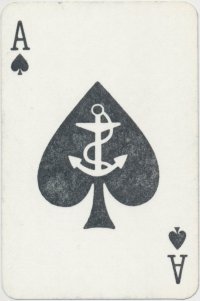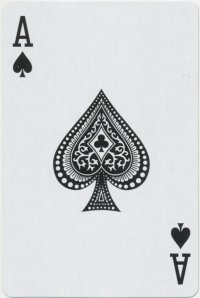Modern Aces of Spades
Many modern aces of spades are anonymous so that, in the absence of any other information, the collector has difficulty deciding who made them.
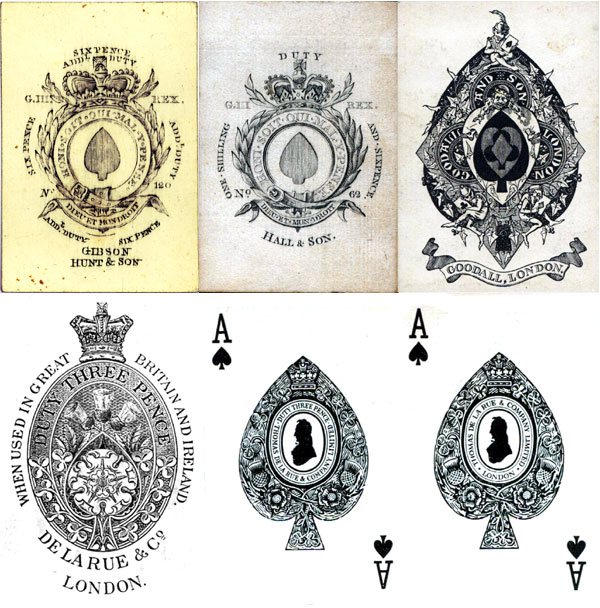
Above: aces of spades usually carry the manufacturer's name.
On English packs the design and wording on the ace of spades will tell you the maker’s name and, until 1862, the amount of tax paid. Taxation on playing cards was a form of protectionism and a means of raising revenues for the Exchequer, but ultimately the amount received from playing card duty was less than the cost of administering the tax. In his budget speech on 4th April 1960 the Chancellor of the Exchequer announced the decision to abolish the excise duty on playing cards in the UK. After this time the ace of spades remained a maker’s identification device with a more elaborate design than the other three aces, but no longer represented any tax or duty paid to the treasury.
For History of the Ace of Spades, see
American manufacturers have also tended to follow the English tradition of an elaborate ace of spades as a trade mark or manufacturer’s badge.
However, some makers produce custom packs for third parties, either as promotional items (eg: Haig whisky, Simpsons etc) or on behalf of other companies (Wills Cigarettes, Dubreq etc) and the ace of spades may or may not be informative. Some generic designs are copied and used by various makers, hence duplicate images assigned to different makers. Some makers have been taken over or otherwise ceased trading only for their designs to be adopted by other companies.
Consequently a large number of modern aces of spades are anonymous so that, in the absence of any other information, the collector has difficulty deciding who made it. In addition, Chinese card factories were all formerly owned by the state, and as such packs did not carry a maker's name, simply 'China'.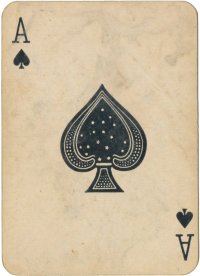
Above: Butterfly 102 brand, made in China
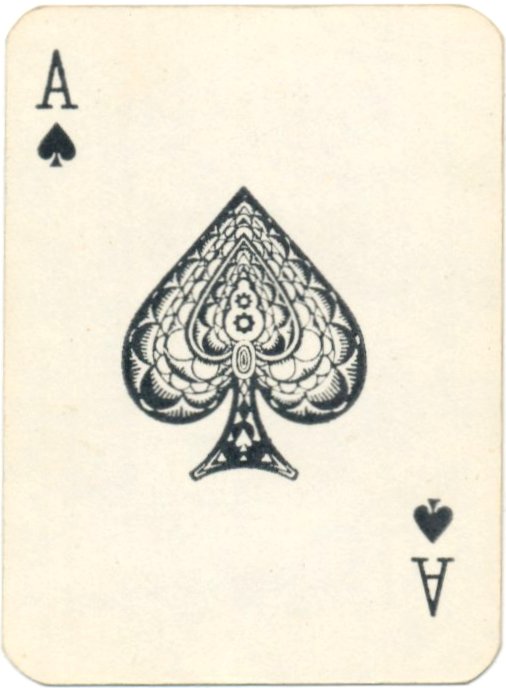
Above: Tiger 2004 brand, made in China
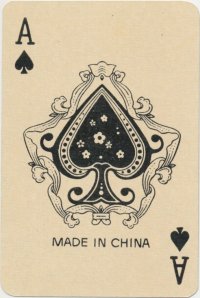
Above: Butterfly 202 brand, made in China
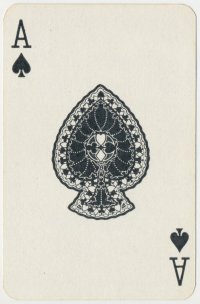
Above: Elephant 505 brand, based on Waddington's ace of spades but made in China
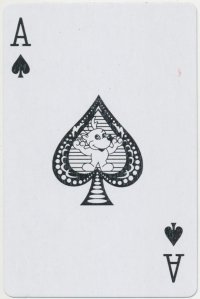
Above: China
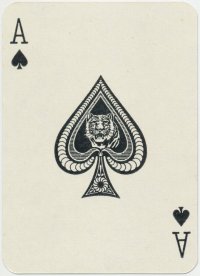
Above: China
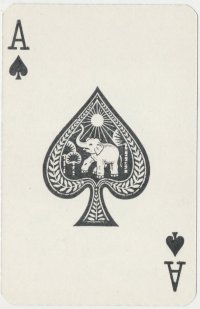
Above: China
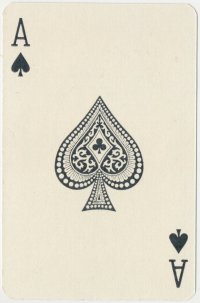
Above: China
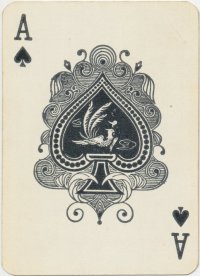
Above: China
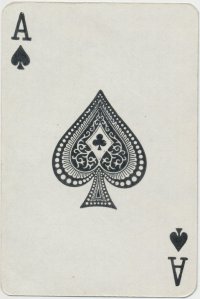
Above: China
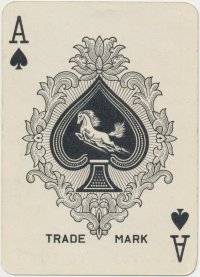
Above: China
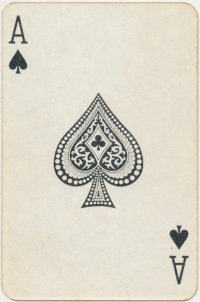
Above: Giraffe 800 brand, China
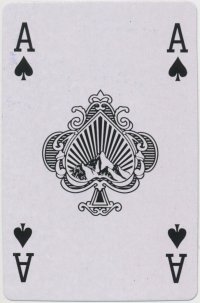
Above: China
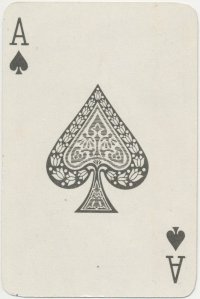
Above: China
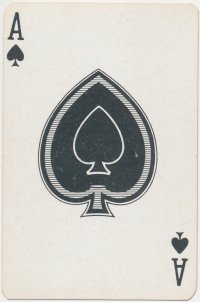
Above: Alf Cooke (UK)
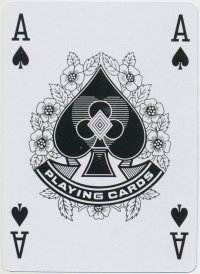
Above: China
.jpg)
Above: Altenburger Stralsunder (Germany)
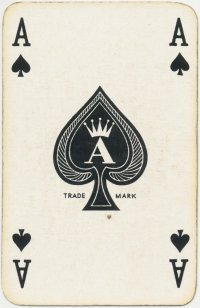
Above: Altenburger Stralsunder (Germany)
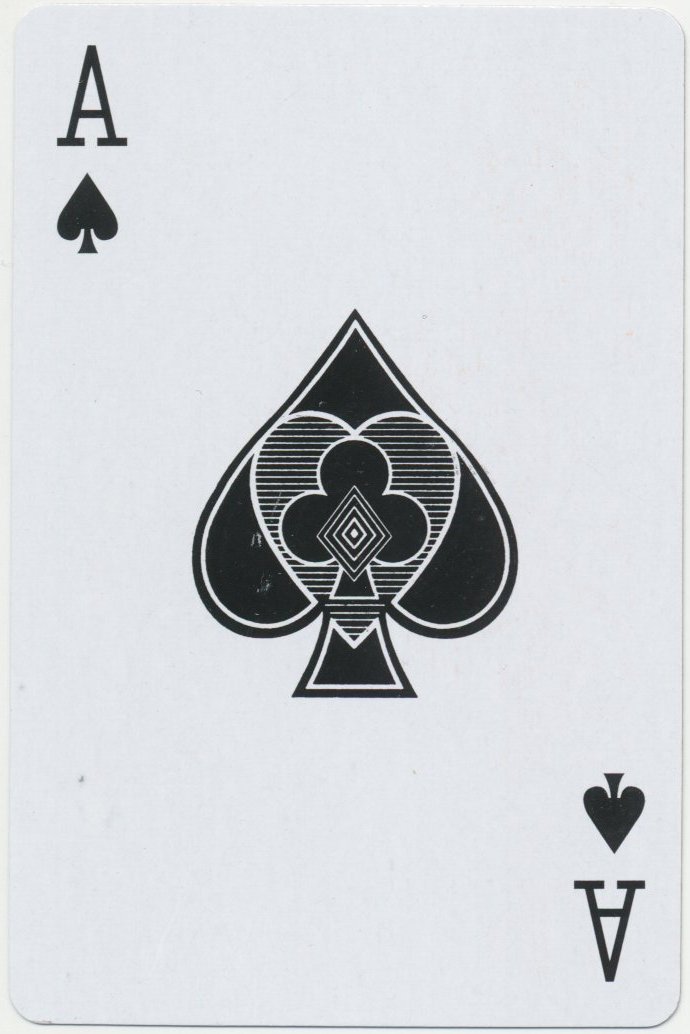
Above: China
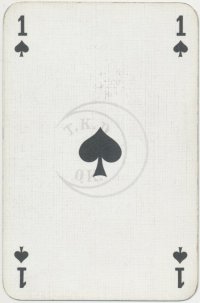
Above: Artex (Hungary)
.jpg)
Above: Russia
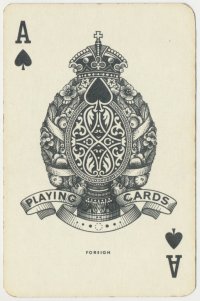
Above: OTK (Czech) for Bancroft & Partners Ltd (UK)
.jpg)
Above: Berliner Spielkarten (Germany)
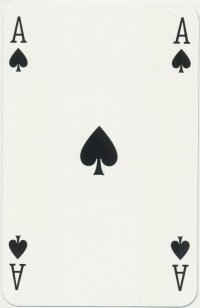
Above: Berliner Spielkarten (Germany)
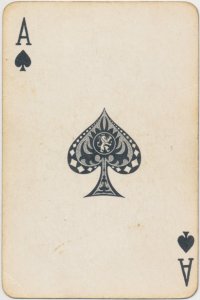
Above: Léonard Biermans, Belgium
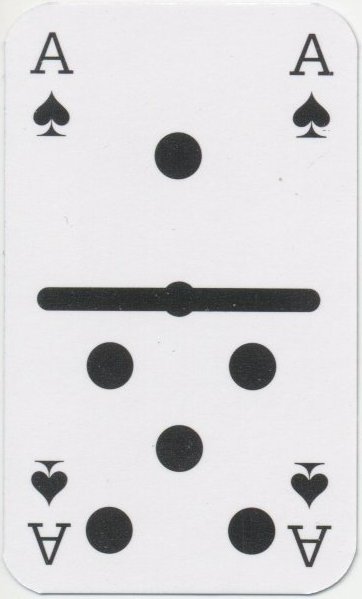
Above:
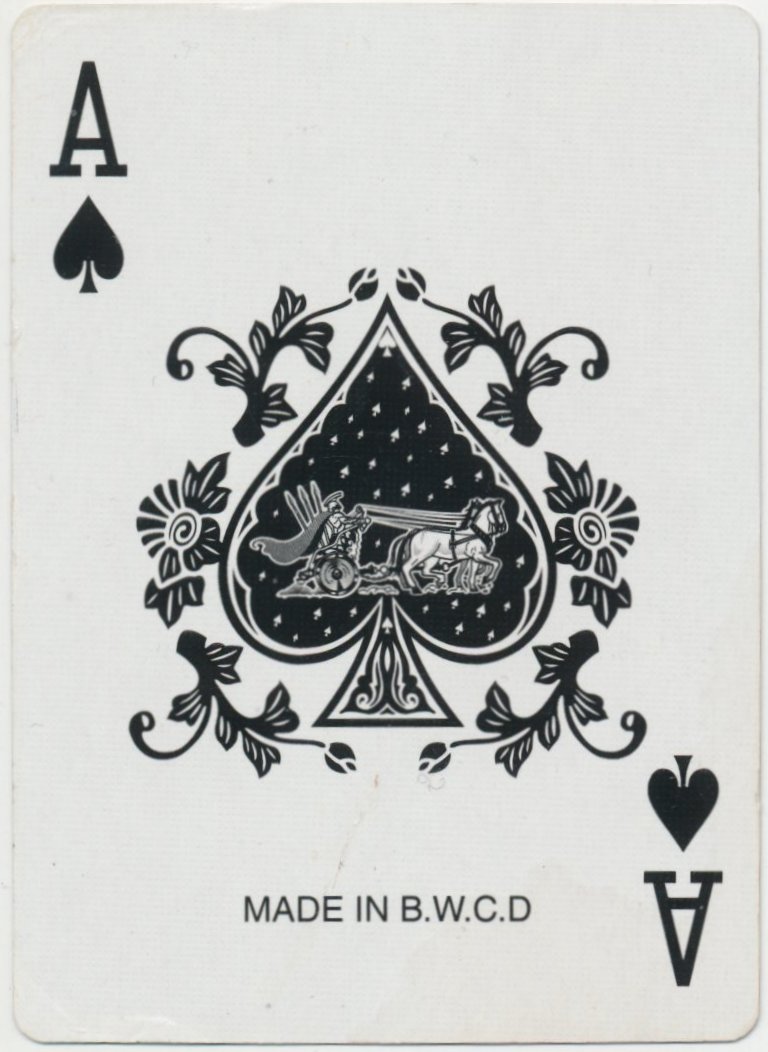
Above: probably China
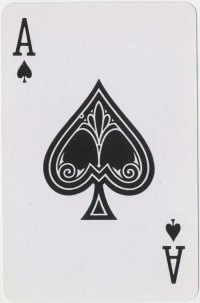
Above: USPCC
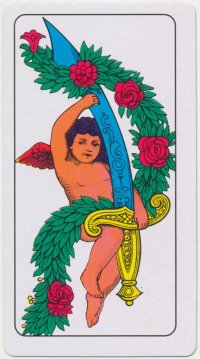
Above:
.jpg)
Above: China
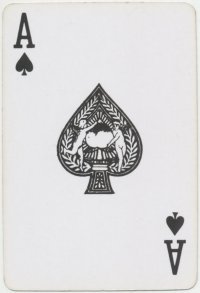
Above: China
.jpg)
Above: Carta Mundi (Belgium)
.jpg)
Above: Carta Mundi based on origianl by Biermans
.jpg)
Above: Carta Mundi (Belgium)
.jpg)
Above: Carta Mundi (Belgium)
.jpg)
Above: Carta Mundi (Belgium)
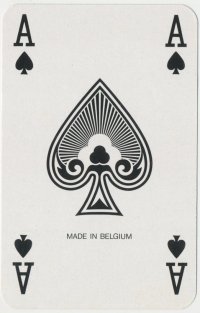
Above: Carta Mundi (Belgium)
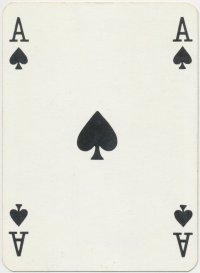
Above: Catel & Farcy (France)
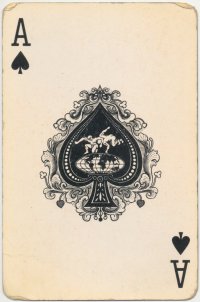
Above: Hong Kong / China
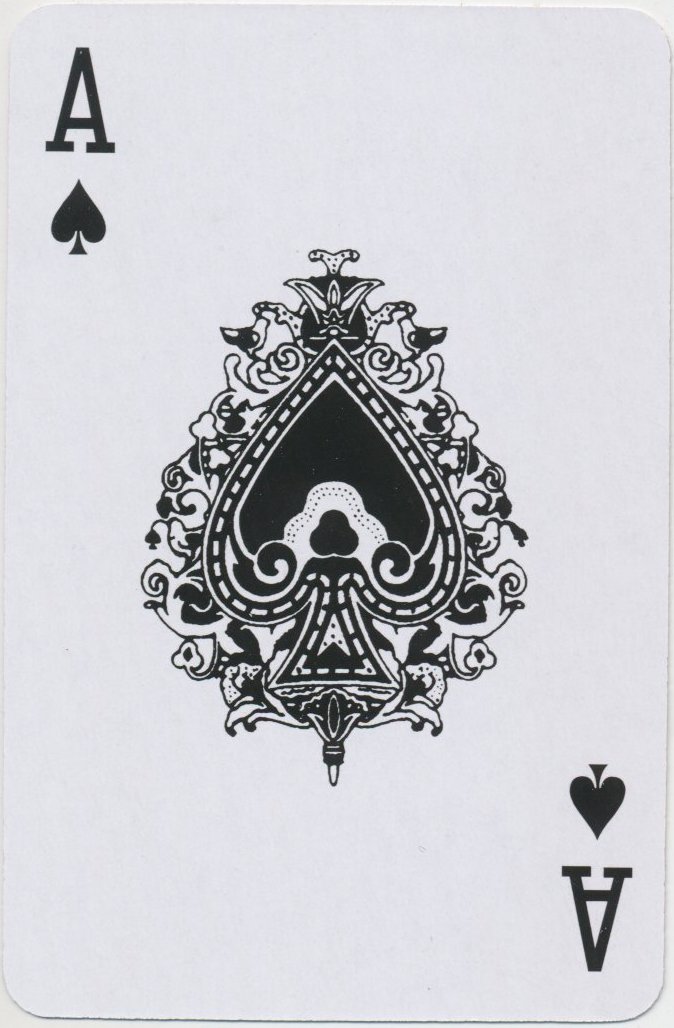
Above: China

Above: China
.jpg)
Above:
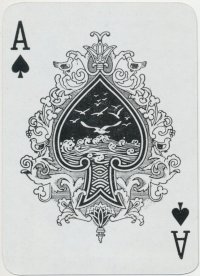
Above: China
.jpg)
Above: Originally Scharff > VASS, then ASS (East Germany), then Ravensburger after reunification
.jpg)
Above:
.jpg)
Above: Originally Scharff > VASS, then ASS (East Germany), then Ravensburger after reunification
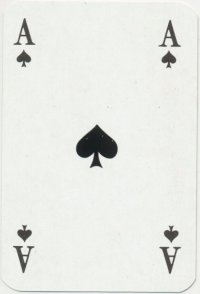
Above:
.jpg)
Above:
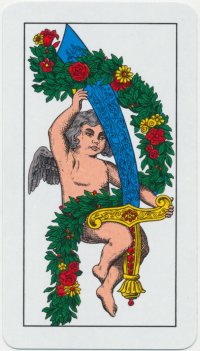
Above: Dal Negro (Italy)
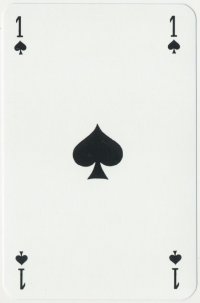
Above: La Ducale (France)
.jpg)
Above: China
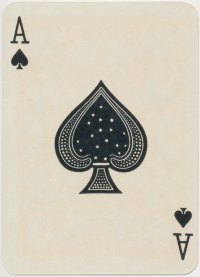
Above: China
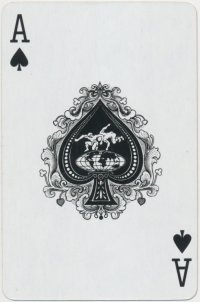
Above: Hong Kong/China
.jpg)
Above: China
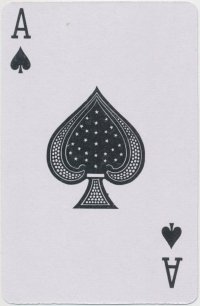
Above: China
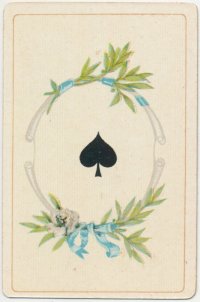
Above: Faustino Solesio (Italy)
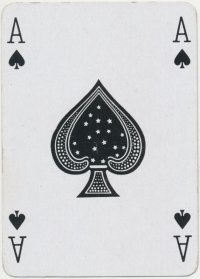
Above: China
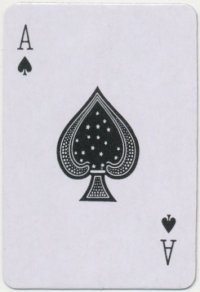
Above: China
.jpg)
Above: F.X. Schmid (Germany)
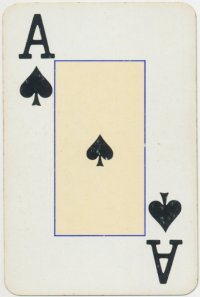
Above: F.X. Schmid (Germany)
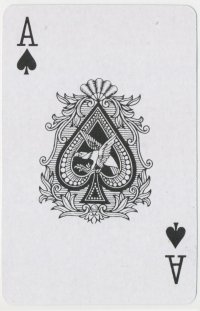
Above: China
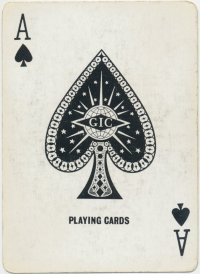
Above: Japanese.
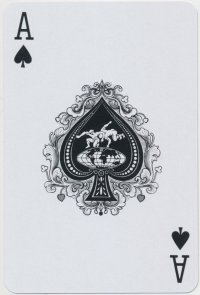
Above: Hong Kong/China
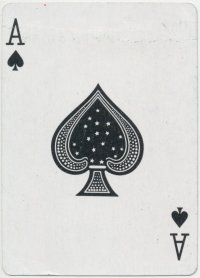
Above: China
.jpg)
Above: Goodall & Son (UK)
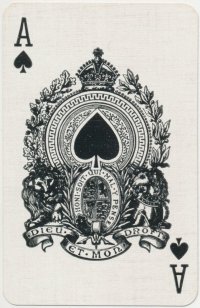
Above: Goodall & Son (UK)
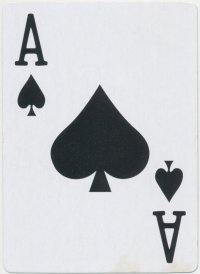
Above:
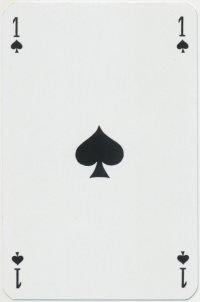
Above: Grimaud (France)
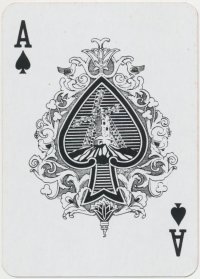
Above:
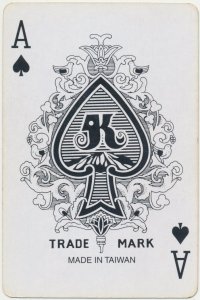
Above:
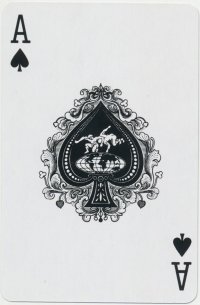
Above: Hong Kong/China
.jpg)
Above:

Above:
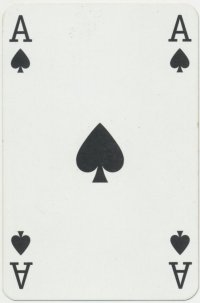
Above: Hearts Playing Cards (NL)
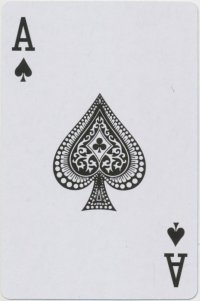
Above:
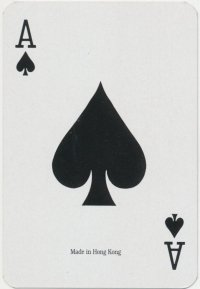
Above:
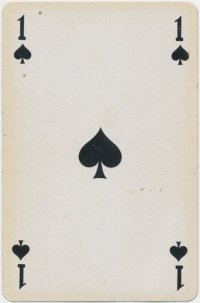
Above: Heraclio Fournier (Spain)
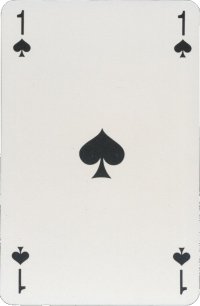
Above: Heron (France)
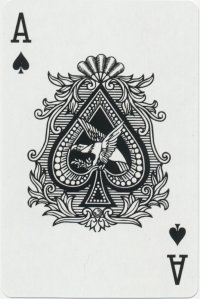
Above: House of Marbles
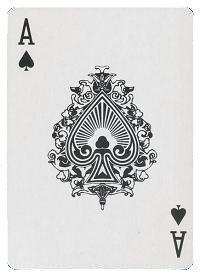
Above:
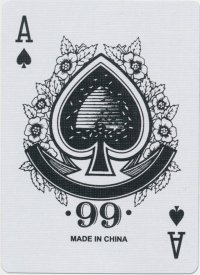
Above:
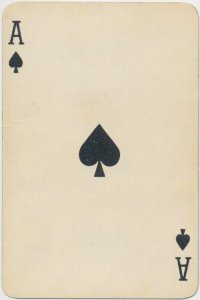
Above:
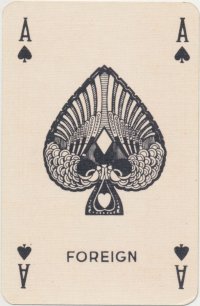
Above: La Turnhoutoise (Belgium)
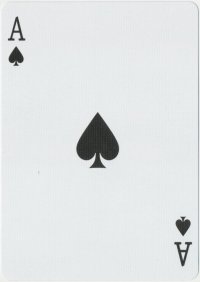
Above: Legends P.C.Co
.jpg)
Above: Piatnik (Austria)
.jpg)
Above: Piatnik (Austria)
.jpg)
Above: Piatnik (Austria)
.jpg)
Above: Piatnik (Austria)
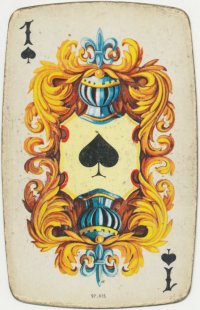
Above: Piatnik (Austria)
-sdn-(malaysia).jpg)
Above: Malaysia
.jpg)
Above:
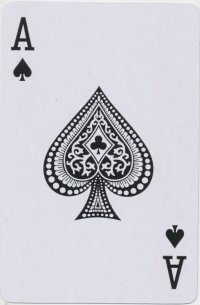
Above: China
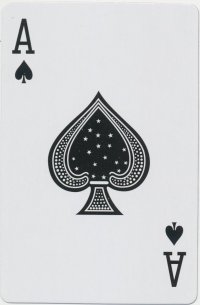
Above: China
.jpg)
Above:
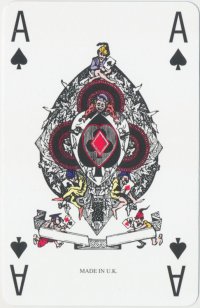
Above: Richard Edward (UK)
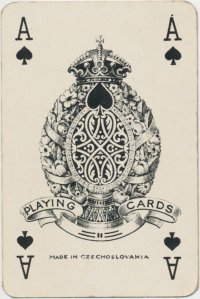
Above: Ritter/OTK (Czech)
.jpg)
Above:
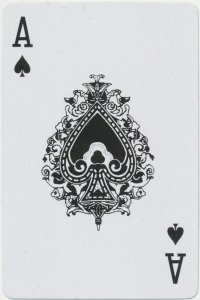
Above:
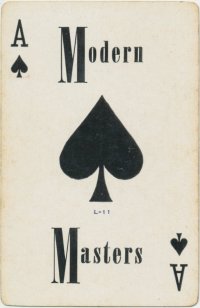
Above:
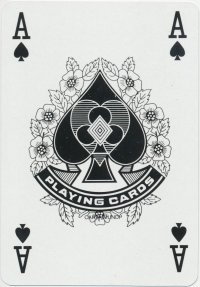
Above: Shamrock Gift Co (Made in China)
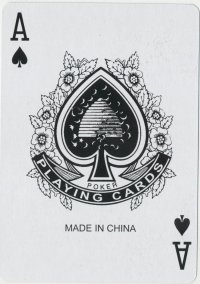
Above: Shamrock Gift Co (Made in China)
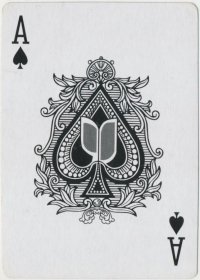
Above: China
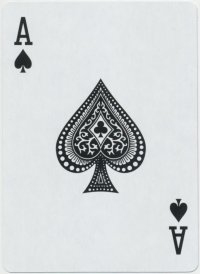
Above: China
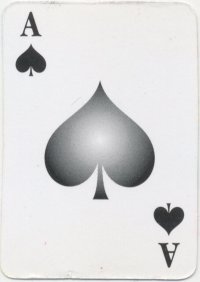
Above: Smiley World
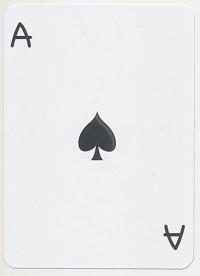
Above: Spears Games
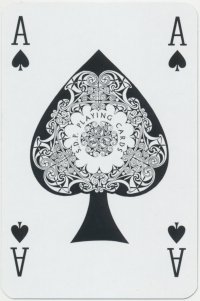
Above:
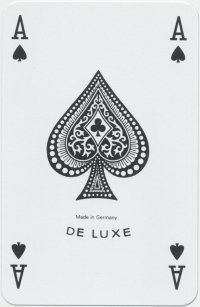
Above: Germany
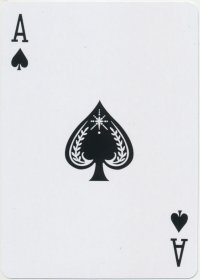
Above:
.jpg)
Above: China
.jpg)
Above:
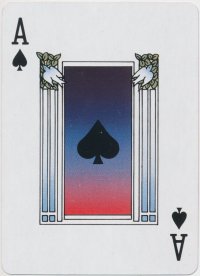
Above:
.jpg)
Above: De la Rue & Co (UK)
.jpg)
Above: De la Rue & Co (UK)
.jpg)
Above: De la Rue & Co (UK)
.jpg)
Above: De la Rue & Co (UK)
.jpg)
Above: De la Rue & Co (UK)
.jpg)
Above: De la Rue & Co (UK)
.jpg)
Above: De la Rue & Co (UK)
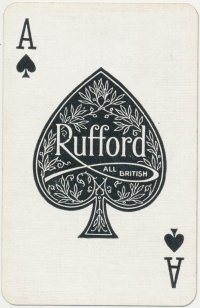
Above: De la Rue & Co (UK)
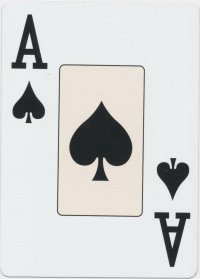
Above: Danish pack.
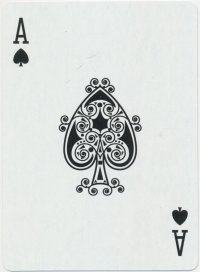
Above:
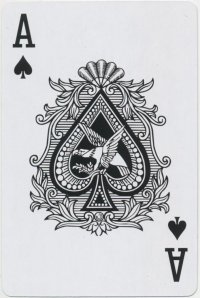
Above:
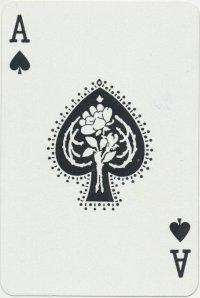
Above:
.jpg)
Above: USPCC
.jpg)
Above: USPCC
.jpg)
Above: USPCC
.jpg)
Above: USPCC
.jpg)
Above: USPCC
.jpg)
Above: USPCC
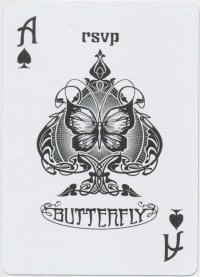
Above: USPCC
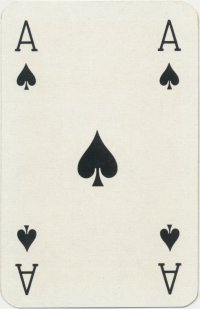
Above: Van Genechten (Belgium)
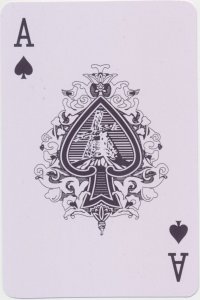
Above: Veekay
By Matt Probert
United Kingdom • Member since March 02, 2012
I have adored playing cards since before I was seven years old, and was brought up on packs of Waddington's No 1. As a child I was fascinated by the pictures of the court cards.
Over the next fifty years I was seduced by the artwork in Piatnik's packs and became a collector of playing cards.
Seeking more information about various unidentified packs I discovered the World of Playing Cards website and became an enthusiastic contributor researching and documenting different packs of cards.
I describe my self as a playing card archaeologist, using detective work to identify and date obscure packs of cards discovered in old houses, flea markets and car boot sales.

Related Articles
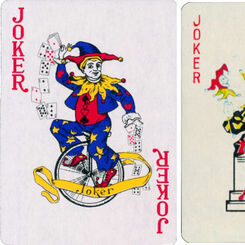
Chinese Jokers
Chinese playing card makers have probably produced the widest variety of jokers of any single part o...
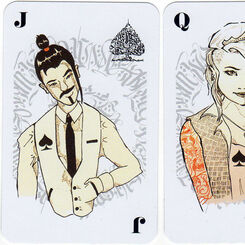
Ken McCarthy
An unknown deck by Ken McCarthy, c.2018.
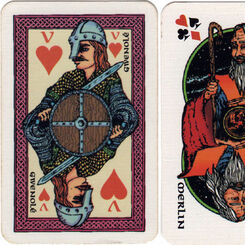
Les Grandes Figures de L’Histoire Bretonne
Les Grandes Figures de L’Histoire Bretonne
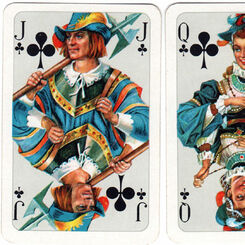
Salon-Karte No.66
Salon-Karte No.66 designed by Walter Krauss, 1970

Erlenmeyer City Sights
Erlenmeyer City Sights hand-illustrated playing cards by Stephanie Gray, 2015.
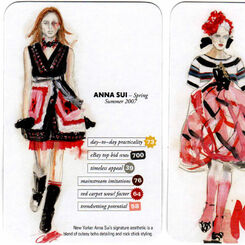
Fashion Face Off
“Fashion Face Off” card game illustrated by Erin Petson for Laurence King Publishing, c.2011.
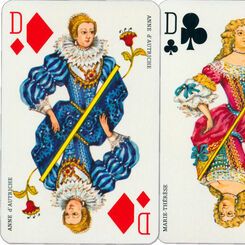
Versailles
Sumptuous ‘Versailles’ playing cards created by Matéjà and printed by B. P. Grimaud, c.1970
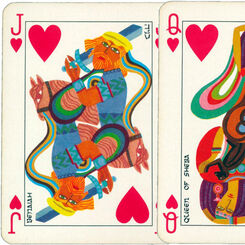
New Jacob’s Bible Cards
New Jacob’s Bible Cards published by Lion Playing Cards, Tel Aviv
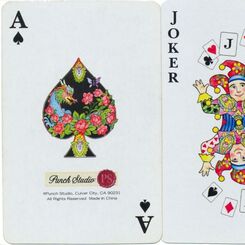
Punch Studio: ‘Geisha Girls’
‘Geisha Girls’ playing cards published by Punch Studio, Culver City, CA., 2013
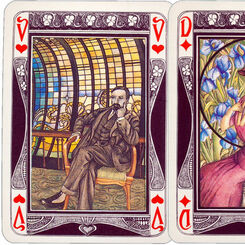
1900 Jeu de Cartes
‘Jeu de Cartes 1900’ designed by Marie Christine Schira in the Art Nouveau or Jugendstil style, 1979...

SiRen International
“SiRen International” playing cards based on traditional style of Indian miniature painting, 1998
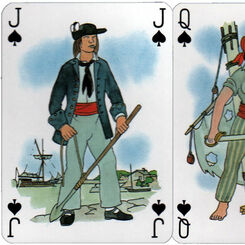
Pirates et Corsaires
“Pirates et Corsaires” playing cards illustrated by Jean Bruneau, 1984.
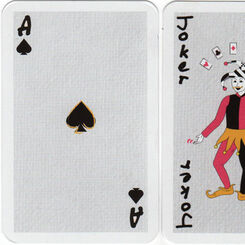
Giffgaff
Giffgaff mobile network playing cards, 2015.
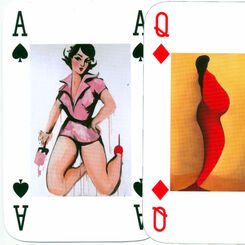
Prime Arts
Prime Arts Playing Cards were published in 2004 featuring the work of contemporary artists, illustra...

Folklore
“Folklore” by Altenburger Spielkarten Fabrik, c.1982
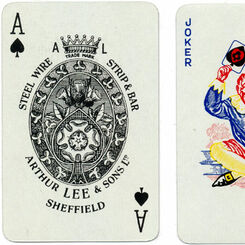
Arthur Lee & Sons Ltd
Advertising deck produced for Arthur Lee and Sons Ltd of Sheffield by Thomas De la Rue around 1958. ...

Lock, Stock & Two Smoking Barrels
“Lock, Stock & Two Smoking Barrels” playing cards based on the cult film, 1999.
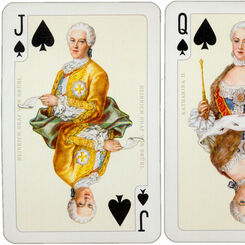
Rococo No.2130
Piatnik: Rococo No.2130 playing cards designed by Prof. Kuno Hock, c.1975
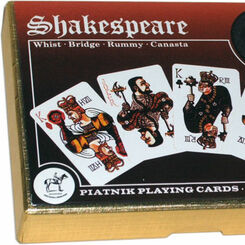
Shakespeare by Piatnik
‘Shakespeare’ playing cards by Piatnik designed by the British actor Donald Burton.

Monsters
A collective of artists known as Monster Illustration produced a deck entitled “Monsters” in 2004.
Most Popular
Our top articles from the past 60 days


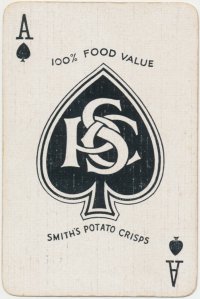
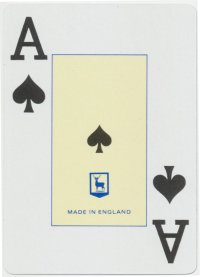
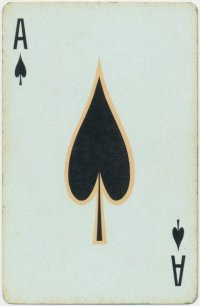

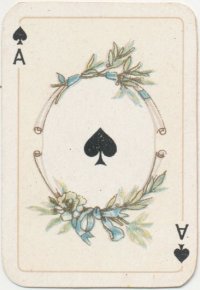
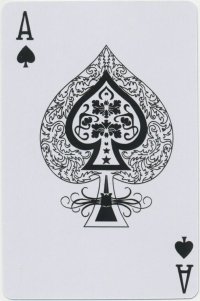
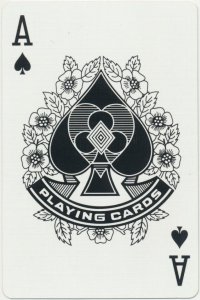
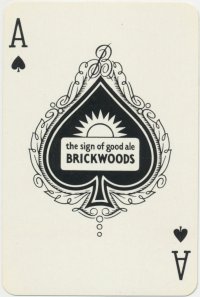

.jpg)
.jpg)
.jpg)
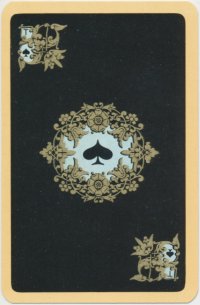
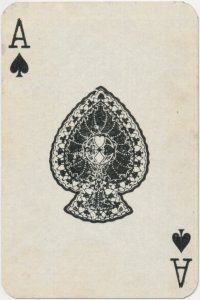
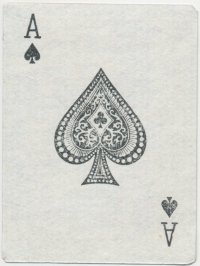
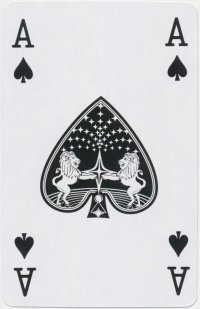
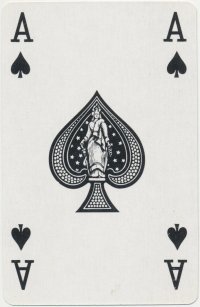
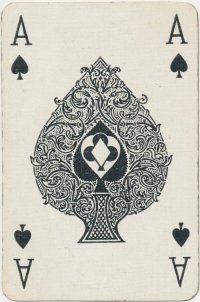
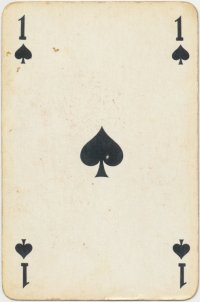
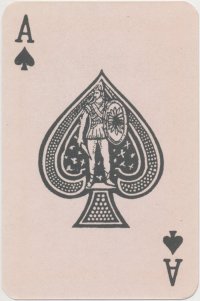
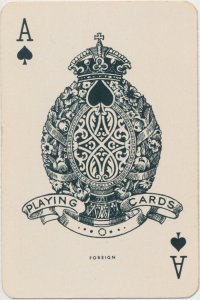
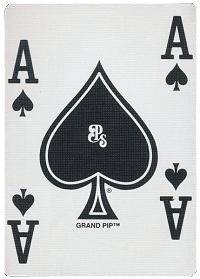
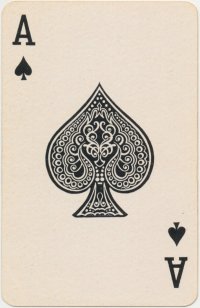
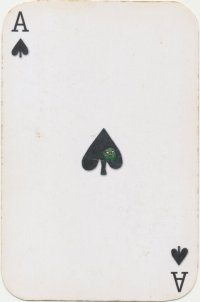
.jpg)

.jpg)
.jpg)
.jpg)
.jpg)
.jpg)
